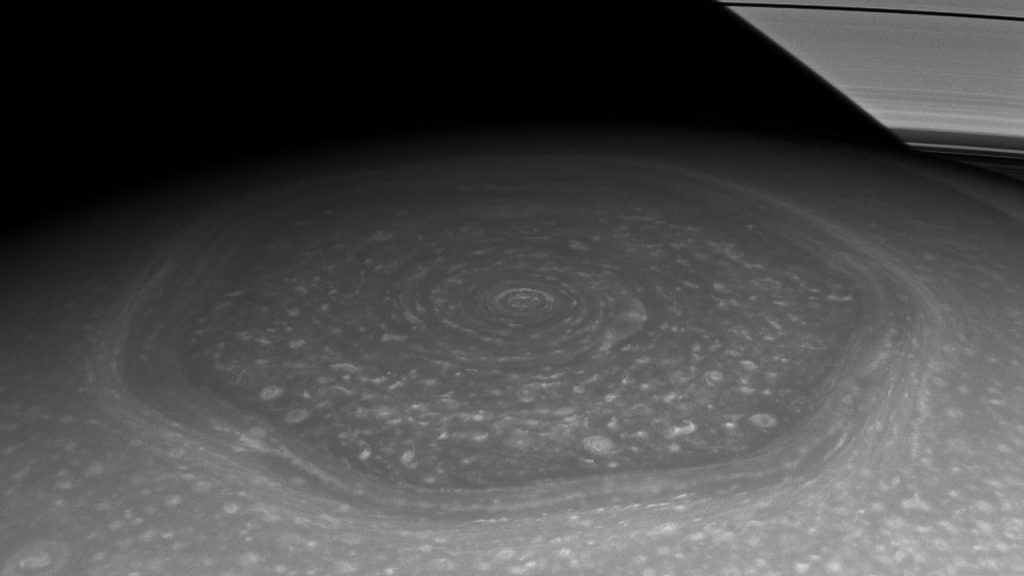Nature never ceases to amaze us. From the vast oceans to the deepest jungles, and even in our own back gardens, it’s full of phenomena that leave scientists scratching their heads. Sometimes, the more we study nature, the more questions arise. There are still so many things we simply can’t explain, whether it’s unusual animal behaviour, mysterious environmental changes, or natural events that defy logic. It’s these unsolved puzzles that make nature all the more fascinating, reminding us that the world is far more complex and surprising than we often think.
1. The Taos Hum

In the small town of Taos, New Mexico, some residents report hearing a low-frequency hum, a strange droning noise that can’t be explained. Despite years of study, scientists have yet to determine the source. Some speculate it could be caused by seismic activity, while others think it might be related to the Earth’s magnetic field. Yet, not everyone can hear it, making it all the more puzzling. This hum continues to frustrate and fascinate researchers to this day.
2. The Immortal Jellyfish

The jellyfish Turritopsis dohrnii appears to have discovered the secret to eternal life. When injured or threatened, this tiny creature has the ability to revert back to its juvenile form, essentially starting its life cycle all over again. While most jellyfish have a limited lifespan, this species could theoretically live forever, making it one of the few organisms that seem to defy the aging process. How it manages this biological miracle is still not fully understood.
3. Animal Migration Mysteries

Every year, animals like monarch butterflies and Arctic terns travel thousands of miles to specific locations. But what’s baffling is how they manage such incredible feats of navigation without getting lost. Monarchs, for example, return to the same trees in Mexico every winter despite having never been there before. Researchers believe magnetic fields, stars, and even scent could play a role, but the full story of their internal compass remains unsolved.
4. Fairy Circles in the Namib Desert

In the arid landscape of the Namib Desert, circles of barren earth, known as fairy circles, dot the ground in a strangely regular pattern. These circles can range from a few feet to over 20 metres in diameter. Various theories have been proposed, from termites causing the patterns to plants competing for water. But no single explanation fits every aspect of these formations, leaving scientists mystified by their true origin.
5. The Great Attractor

Deep in space, something massive is pulling galaxies, including our Milky Way, toward it at incredible speeds. This gravitational anomaly, known as the Great Attractor, lies in a region of space we can’t see clearly due to the Milky Way’s dust and gas. Scientists have no idea what this enormous mass is or why it’s drawing everything toward it, but it’s one of the biggest cosmic mysteries we face.
6. The Synchronous Fireflies of Southeast Asia

In certain parts of Southeast Asia, millions of fireflies gather near rivers and synchronize their flashing lights in perfect unison. What’s strange is that this behaviour occurs at such a massive scale, and scientists still don’t fully understand why or how they do it. Some think it might help with mating, while others suggest it could be a defensive mechanism. Regardless, watching these fireflies in action feels like witnessing a natural light show choreographed by nature itself.
7. The Mysterious Hexagons on Saturn

Saturn’s north pole has a massive, perfectly shaped hexagon storm, which is unlike anything we’ve seen elsewhere in the universe. The storm spans over 30,000 kilometres and has baffled astronomers since its discovery. Scientists have proposed that atmospheric winds and planetary rotation might create this unusual shape, but no one knows why it maintains such a precise hexagonal structure over time.
8. The Sardine Run in South Africa

Each year, billions of sardines migrate along South Africa’s coast, creating one of the largest wildlife spectacles on Earth. But what’s strange is why they do it. The water along their migration route is often too warm for them to survive, yet they make the journey every year, attracting predators like dolphins, sharks, and birds. This mass migration is still a mystery, and researchers are unsure what triggers it or how the sardines survive the conditions.
9. Ball Lightning

Ball lightning is one of the most bizarre and rare weather phenomena ever observed. Witnesses describe glowing orbs, sometimes the size of a grapefruit, floating in the sky or even inside buildings. These balls of light last only a few seconds before vanishing or exploding, leaving behind no evidence. Despite many recorded sightings over the centuries, scientists still can’t fully explain how ball lightning forms or why it behaves the way it does.
10. The Singing Sand Dunes

In certain deserts around the world, sand dunes seem to “sing” or hum when the wind blows across them. These sounds, which range from a low hum to a loud roar, can continue for several minutes, often at specific frequencies. Researchers think the phenomenon is linked to the size and shape of the sand grains, but no one can fully explain why some dunes sing while others remain silent.
What Meg Got Wrong About Megalodons and 27 Other Fascinating Facts About These Colossal Prehistoric Sharks

The megalodon, a massive predator that once ruled the seas, has been extinct for millions of years. Its scientific name, Otodus megalodon, means “giant tooth,” reflecting the enormous size of its teeth, which are far larger than those of today’s great white sharks. The discovery of these teeth has given us valuable information about the megalodon’s life and extinction.
Ellen has been obsessed with logic puzzles, jigsaws, and cryptograms since she was a kid. After learning she was taught how to play chess wrong by a family friend (so they could win), she joined her school chess club and the rest is history.


